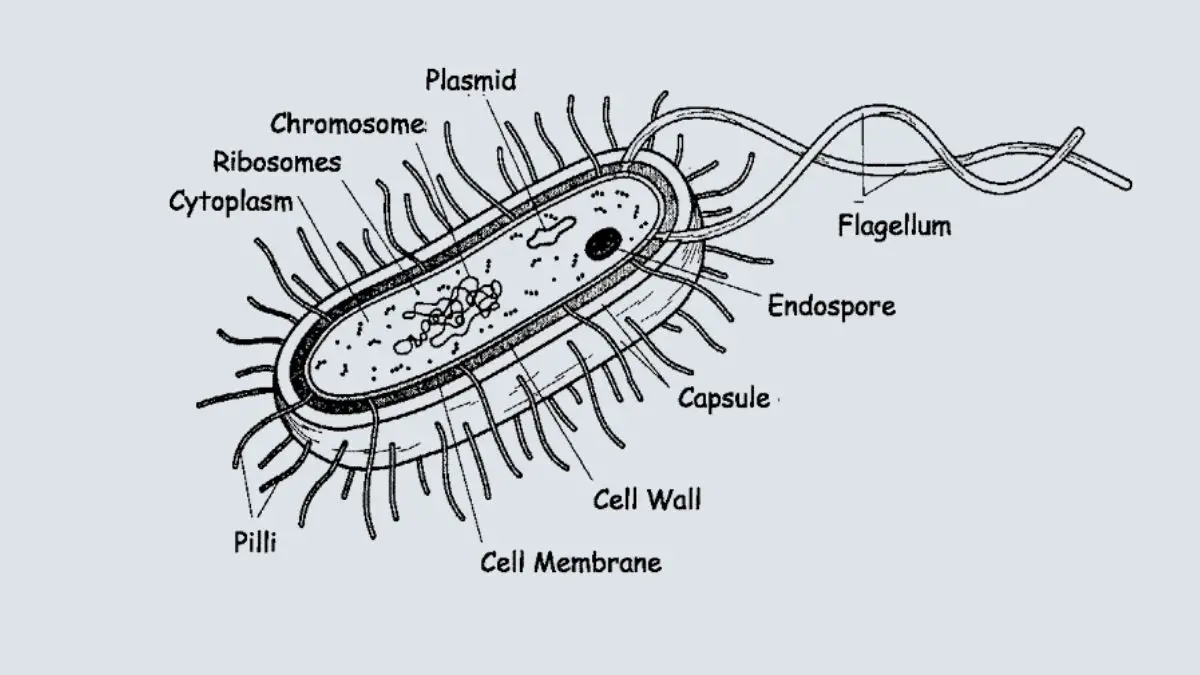

(380) (N) Spirochaeta halophila (O) Prosthecobacter fusiformis (P) Methanogenium cariaci (Q) Arthrobacter globiformis growth cycle (R) gram-negative Alphaproteobacteria from marine sponges (240) (S) Ancalomicrobium sp. (133) (K) Nocardia opaca (L) Chain of ratoon stunt-associated bacteria (M) Caulobacter sp. (I) transverse section of ratoon stunt-associated bacterium (J) Planctomyces sp. (A) Stella strain IFAM1312 (380) (B) Microcyclus (a genus since renamed Ancylobacter) flavus (367) (C) Bifidobacterium bifidum (D) Clostridium cocleatum (E) Aquaspirillum autotrophicum (F) Pyroditium abyssi (380) (G) Escherichia coli (H) Bifidobacterium sp. These same cells are included in smaller form in the dashed blue circle to compare their sizes to those of larger bacteria, which are drawn relative to the 10-μm line. Those in the dashed black circle are drawn relative to the 5-μm line. This collage of different cells, unless otherwise stated, is constructed from descriptions and illustrations given by Starr et al. Just as we are beginning to answer how bacteria create their shapes, it seems reasonable and essential that we expand our efforts to understand why they do so. Bacteria respond to these forces by performing a type of calculus, integrating over a number of environmental and behavioral factors to produce a size and shape that are optimal for the circumstances in which they live.

Specifically, cell shape is driven by eight general considerations: nutrient access, cell division and segregation, attachment to surfaces, passive dispersal, active motility, polar differentiation, the need to escape predators, and the advantages of cellular differentiation. The aim of this review is to spell out the physical, environmental, and biological forces that favor different bacterial morphologies and which, therefore, contribute to natural selection. All of these imply that shape is a selectable feature that aids survival. Why do bacteria have shape? Is morphology valuable or just a trivial secondary characteristic? Why should bacteria have one shape instead of another? Three broad considerations suggest that bacterial shapes are not accidental but are biologically important: cells adopt uniform morphologies from among a wide variety of possibilities, some cells modify their shape as conditions demand, and morphology can be tracked through evolutionary lineages.


 0 kommentar(er)
0 kommentar(er)
